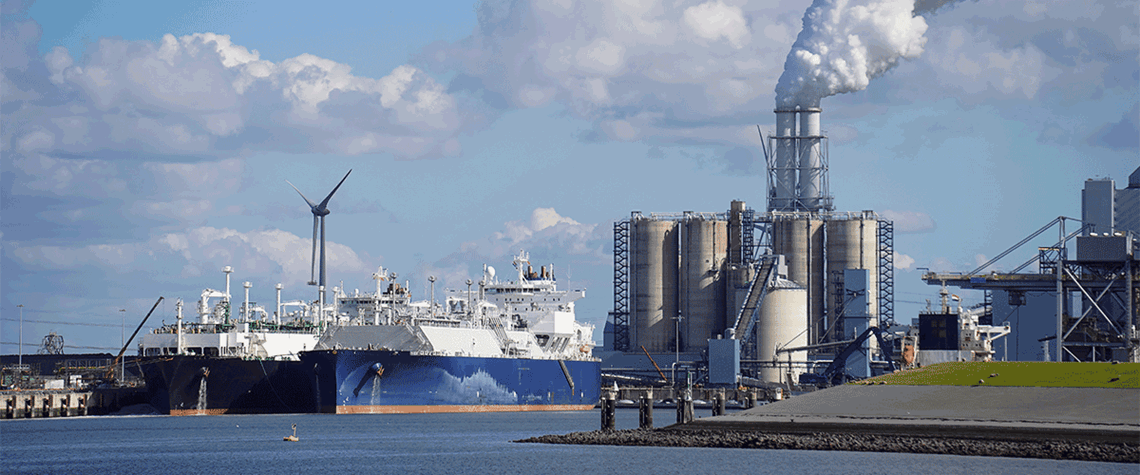Europe’s LNG strategy is better late than never
Infrastructure buildout will give EU better options in 2023 and even more in 2024
The Russia crisis was a wake-up call for Europe’s energy strategy as it rushed to change its complacent and inward-looking approach to gas security. Some have criticised its push for gas diversification as an expensive insurance policy or its LNG infrastructure plans as too little, too late. But the key take-away is that you can never have enough energy options. Europe was shaken out of its pipeline comfort zone by the need to wean itself off Russian supplies and move to become a global LNG player. The EU scrambled to replace close to 80bn m³ of Russian piped deliveries in 2022 as LNG went from being the marginal molecule to accounting for almost two-thirds of Europe’s gas imports. As such,

Also in this section
12 December 2025
The latest edition of our annual Outlook publication, titled 'The shape of energy to come: Creating unique pathways and managing shifting alliances', is available now
12 December 2025
The federal government is working with Alberta to improve the country’s access to Asian markets and reduce dependence on the US, but there are challenges to their plans
11 December 2025
The removal of the ban on oil and gas exploration and an overhaul of the system sends all the right messages for energy security, affordability and sustainability
10 December 2025
The economic and environmental cost of the seven-year exploration ban will be felt long after its removal







